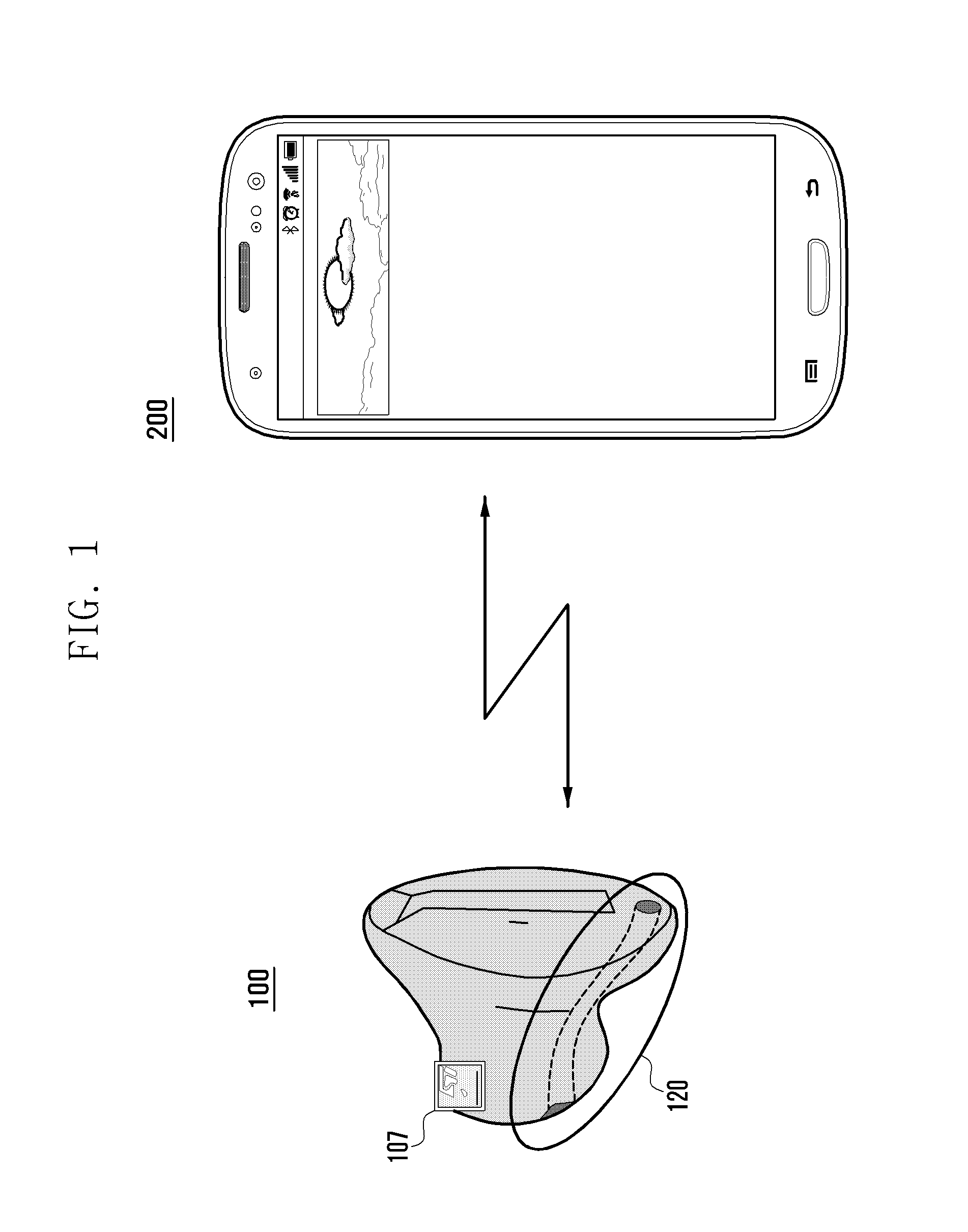Method and apparatus for adjusting air pressure inside the ear of a person wearing an ear-wearable device
a technology of adjusting the air pressure inside the ear of a person wearing an ear-wearable device, which is applied in the direction of hearing aid adaptation, hearing aid testing/monitoring, electronic compensation of the occlusion effect, etc., can solve the problems of affecting the operation of the hearing aid device, and affecting the hearing of the patien
- Summary
- Abstract
- Description
- Claims
- Application Information
AI Technical Summary
Benefits of technology
Problems solved by technology
Method used
Image
Examples
Embodiment Construction
[0023]Hereinafter, various aspects of the present disclosure will be described with reference to the accompanying drawings. The accompanying drawings of the present disclosure are provided in order to help understanding the present disclosure, and it should be noted that the present disclosure is not limited to a form, disposition and the like which are exemplified in the accompanying drawings of the present disclosure. Furthermore, equivalents or expansions of additional embodiments for the accompanying drawings should be construed through the descriptions referring to the drawings. In addition, various aspects of the present disclosure may be applied to ear-wearable audio output apparatuses or in-the-canal audio output apparatuses, such as wireless or wired headphones, headsets, earphones, ear-sets, ear-buds, or the like as well as an ear-wearable device. Hereinafter, for ease of explanation, the description will be made with respect to an ear-wearable device.
[0024]FIG. 1 is a dia...
PUM
 Login to View More
Login to View More Abstract
Description
Claims
Application Information
 Login to View More
Login to View More - R&D
- Intellectual Property
- Life Sciences
- Materials
- Tech Scout
- Unparalleled Data Quality
- Higher Quality Content
- 60% Fewer Hallucinations
Browse by: Latest US Patents, China's latest patents, Technical Efficacy Thesaurus, Application Domain, Technology Topic, Popular Technical Reports.
© 2025 PatSnap. All rights reserved.Legal|Privacy policy|Modern Slavery Act Transparency Statement|Sitemap|About US| Contact US: help@patsnap.com



